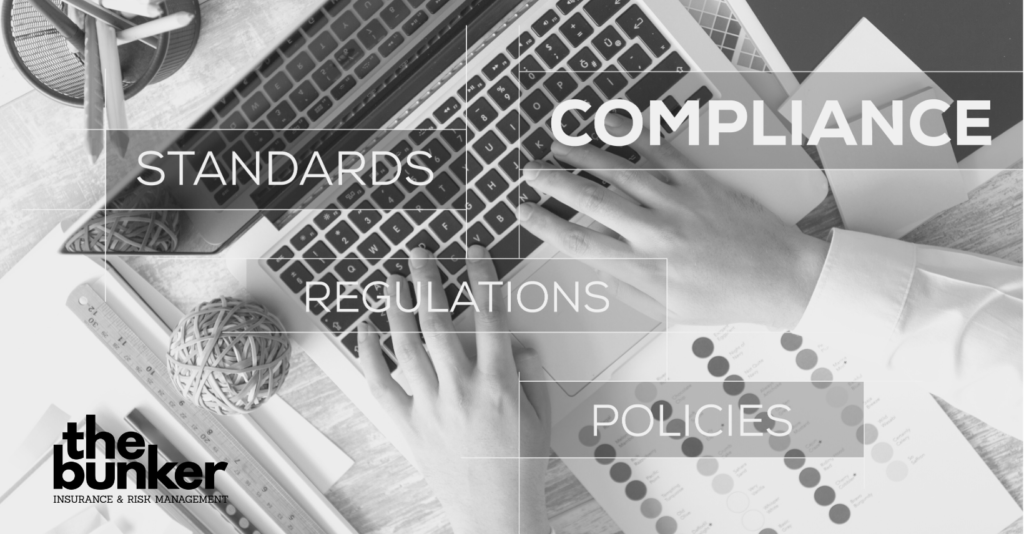Embarking on a General Liability audit can be a challenging journey for businesses, and navigating the potential pitfalls is crucial for a successful outcome. In this quick to read article, we will explore common pitfalls that businesses often encounter during General Liability audits and provide insights on how to avoid them. Understanding these challenges will empower you to steer clear of pitfalls, ensuring a smoother audit process.
Pitfall #1: Incomplete or Inaccurate Documentation
Challenge: Submitting incomplete or inaccurate documentation can significantly hinder the audit process. Inconsistencies in financial statements, missing records, or outdated information can lead to misunderstandings and delays.
Solution: Conduct a thorough review of all documentation before submission. Ensure that financial statements, payroll records, and other relevant documents are accurate, up-to-date, and aligned with the business’s current operations.
Pitfall #2: Lack of Communication and Coordination
Challenge: Inadequate communication and coordination among internal teams can lead to misunderstandings and delays. Different departments may not be aligned in their understanding of the audit requirements, leading to inefficiencies.
Solution: Establish clear communication channels and conduct pre-audit meetings to align all stakeholders. Foster a collaborative environment where teams understand their roles and responsibilities, promoting effective coordination throughout the audit process.
Pitfall #3: Failure to Address Previous Issues
Challenge: Neglecting to address and rectify issues identified in previous audits can be a red flag for auditors. Ignoring past concerns may lead to repeated findings, potentially affecting insurance premiums.
Solution: Conduct a thorough analysis of previous audit reports and address any outstanding issues. Demonstrate proactive measures taken to rectify past concerns, showcasing a commitment to continuous improvement in risk management practices.

Pitfall #4: Misclassification of Employees
Challenge: Incorrectly classifying employees can result in misreported payroll figures, impacting insurance premiums. Auditors pay close attention to employee classifications, and errors in this area can lead to financial consequences.
Solution: Regularly review and update employee classifications to ensure accuracy. Seek guidance from HR professionals or legal advisors to ensure compliance with relevant regulations and avoid misclassification pitfalls.
Pitfall #5: Inadequate Risk Management Practices
Challenge: Auditors assess the documentation and overall risk management practices of a business. Inadequate safety protocols, lack of employee training, or insufficient risk mitigation strategies can raise concerns during the audit.
Solution: Strengthen risk management practices by implementing robust safety protocols and ongoing employee training programs. Showcase a commitment to proactive risk mitigation, providing evidence of a well-structured risk management framework.
Now that we’ve highlighted common pitfalls and their solutions, it’s time to take proactive steps to ensure your business is audit-ready.
Don’t let common pitfalls jeopardize your audit success. Remember, a well-prepared business is a resilient business. If your current insurance agent has never shared this type of information with you, we should chat. Commercial insurance is complex, and you shouldn’t have to navigate it alone. Schedule time to meet with our Founder and CEO, Ciara.
